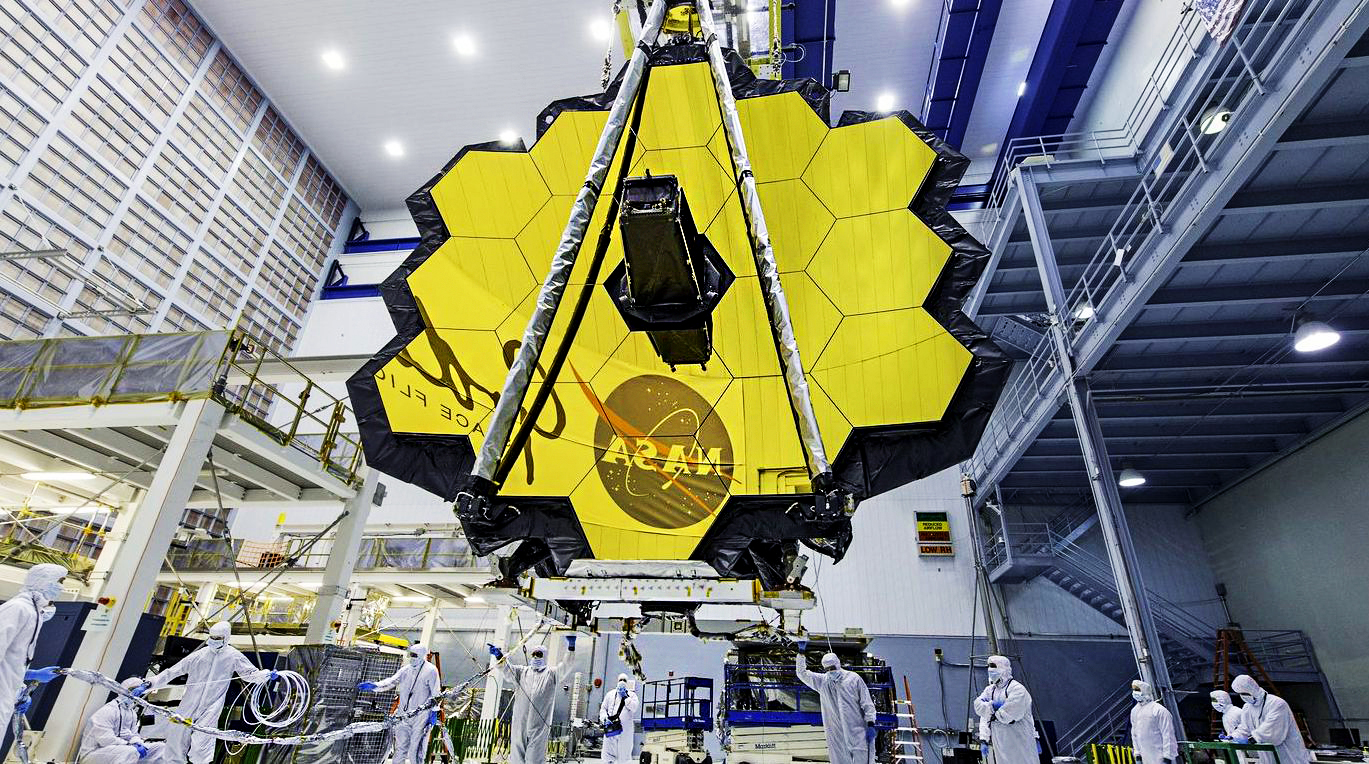Something that not everyone appreciates about space missions is how long they take.
Not just the travel, although with outer-planet missions — Cassini visiting Saturn, say, or the planned 2024 Europa Clipper, off to look for life on the icy Jovian moon — the weightless fall through space takes several years. It’s the planning.
The Cassini-Huygens mission, which arrived in Saturnian space in 2004, having been launched in 1997, was originally proposed in 1982. The Jupiter Icy Moons Explorer, announced in 2012, is scheduled to reach Ganymede in 2032. The scientists who come up with an idea for a space mission sometimes aren’t lucky to live to see them launch. At least two of those behind Clipper did not.
On Christmas Day, the James Webb Space Telescope will finally launch. It doesn’t have to tumble silently across half the solar system: it only needs to make it a million and a half kilometres from the Earth, a day trip compared to the billions needed to get to the outer planets. And it doesn’t have to worry about planetary conjunctions — if you want to get to Pluto, you need to slingshot around the other planets to get up speed, and you need the planets in certain positions to do that. (New Horizons, which got to Pluto in 2015, had to launch in January 2006, and if it didn’t, its $800 million budget would have been wasted.) The James Webb can just head off in the right direction for a month or so to reach its destination, with minimal fancy orbital mechanics required.
But despite all that, it has taken the JWST more than 30 years to get from drawing board to launch pad.
That is why scientists are all so excited when their rockets blast off or when their orbiters reach their destination. It’s because they’ve dedicated literally half their career to that moment. I spoke to some involved in the Cassini mission who talk about the nerve-racking seconds when their tiny, delicate, instrument-filled baby is plonked on top of a 50-metre-tall barrel of explosive and fired at many times the speed of sound into the black. The JWST, all $8 billion’s worth, the culmination of the careers of dozens of space scientists, a marvel of technology centred around a six-metre-wide, micron-scale-precision-engineered, beryllium-and-gold telescope mirror, will have to survive forces four times that of Earth’s gravity as its Ariane 5 rocket takes off.
But if it gets into space intact, there will be plenty more to be excited about. The JWST’s huge mirror, six times as large as the Hubble space telescope’s, will be able to collect the faintest glimmers of light. It will stare back in time to the start of the universe, at galaxies whose light has taken 13 billion years to reach us; and, excitingly, it will stare at planets orbiting other stars, and will be able to see the light from those stars reach us through the atmosphere of those planets.
That means it will be able to tell us the chemical composition of those atmospheres. Different chemicals absorb different wavelengths of light, so the precise spectrum that reaches us tells us what gases are in the atmospheres. And some gases — perhaps oxygen, but especially methane — don’t hang around for long, so if they’re there in large amounts, that suggests some interesting chemistry on the planet. And while that could be geology — volcanoes, etc. — it could also mean life. There’s a remarkable solar system, TRAPPIST-1, with seven potentially Earth-like planets, only (“only” by the standard of a 100,000-light-year-wide galaxy) 39 light years away. The JWST will concentrate on that in its search for life.
The JWST will tell us other things as well, and send us astonishing pictures from the dawn of creation, just as the Hubble did, only more so. But it’s the search for life in this brilliant, clever way that fascinates me the most.
Of course, it will have to get off the ground, first. Hundreds of brilliant men and women — physicists, engineers, software developers, all the rest — have dedicated a sizeable chunk of their lives to making that happen. After 30 years of work, they’ll find out whether it wasn’t all wasted on December 25, and if it was, it will be the merriest Christmas of their lives.











Join the discussion
Join like minded readers that support our journalism by becoming a paid subscriber
To join the discussion in the comments, become a paid subscriber.
Join like minded readers that support our journalism, read unlimited articles and enjoy other subscriber-only benefits.
Subscribe